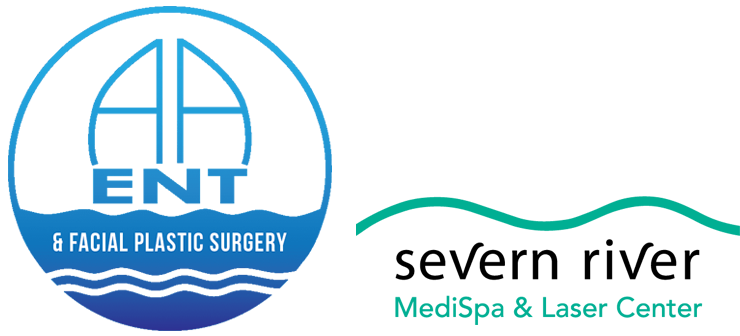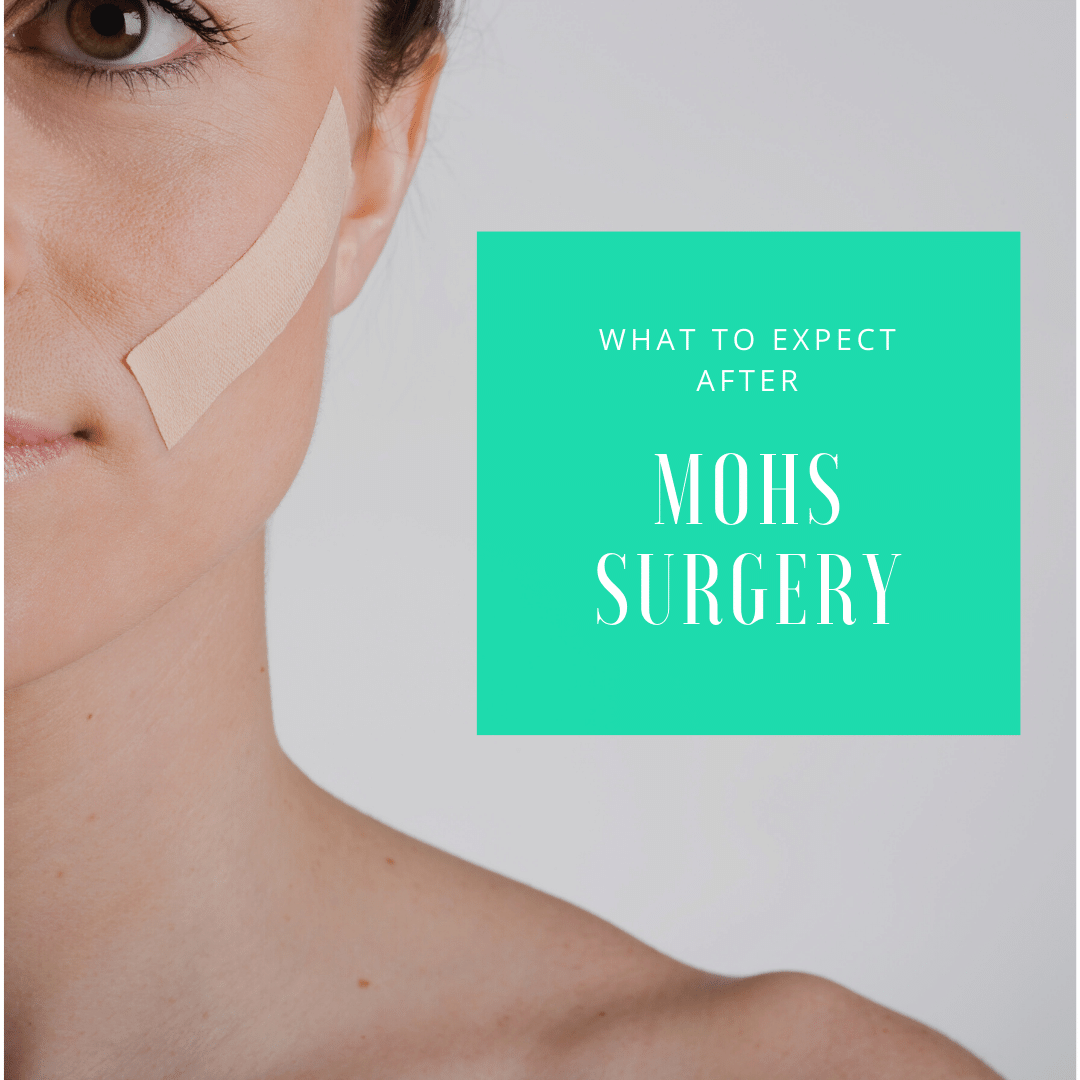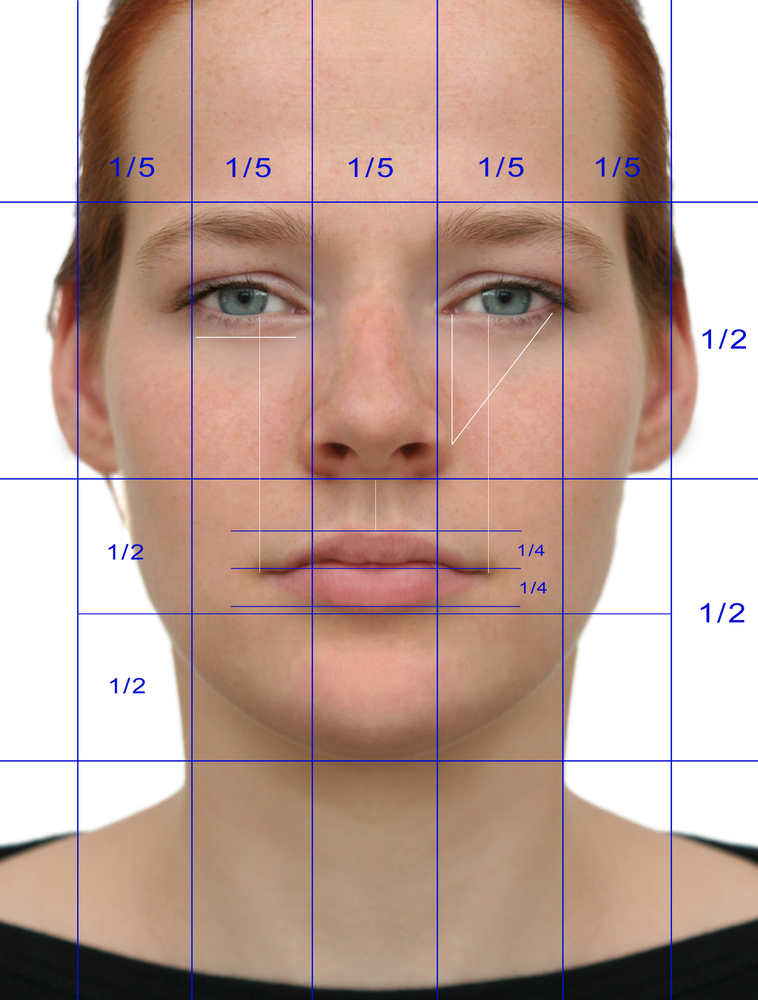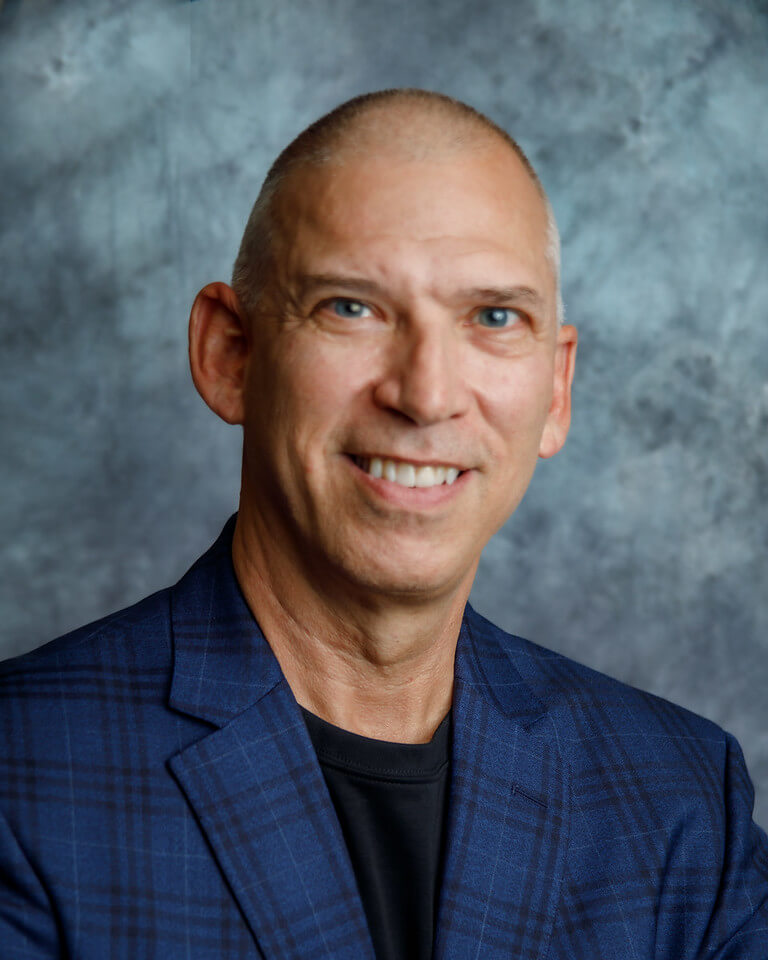If you have been diagnosed with skin cancer, you may be considering Mohs surgery as a treatment option. This type of surgery is used to remove tumors and cancerous cells from the skin. It can be a bit daunting to think about having surgery, but knowing what to expect can help put your mind at ease. In this blog post, we will discuss what happens during Mohs surgery, as well as what you can expect after the procedure is completed.
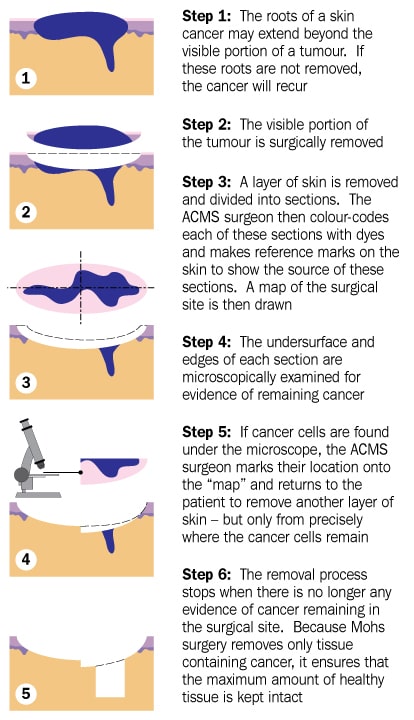
What Happens During Mohs Surgery
In order to know what to expect after Mohs surgery, it is important to understand what happens during the surgery. Mohs surgery is a type of skin cancer treatment that is considered the gold standard for removing two common forms of skin cancer: basal cell carcinoma and squamous cell carcinoma. The procedure involves removing the tumor and cancerous cells from the skin, while preserving as much healthy tissue as possible. Mohs surgery is performed using local anesthesia around the surgical site. You will remain awake and can even read a book to pass the time during surgery or while waiting for the tissue to be analyzed.
During Mohs surgery, the surgeon will make an incision in the skin and then remove a layer of cancerous tissue. This tissue will be examined under a microscope. If the tissue is cancer-free, the surgery is complete. If there are still cancerous cells present, another layer of tissue will be removed and analyzed. This process will continue until all of the cancerous cells have been removed. Depending on the size and location of the wound, it may be left open or it may be sutured shut.
What to Expect After Mohs Surgery
In order to have a comfortable and quick recovery after Mohs surgery, it is important to follow your surgeon’s instructions. Before being discharged after surgery, you will be given a list of things to do and things to avoid in the days following your surgery. At a glance, here are some of the things to expect after Mohs surgery:
Pain
Most people report feeling soreness and tenderness around the surgical site for a few days after Mohs surgery. This is normal and can be alleviated with over-the-counter pain medication.
Swelling
It is also common to experience some swelling around the surgical site. This can be minimized by applying a cold compress to the area for 20 minutes at a time, several times per day.
Bruising
Some people may also experience bruising after Mohs surgery. This usually goes away within a week or two.
Stitches
If your surgeon used stitches to close the wound, you will need to return for a follow-up appointment to have them removed. This is usually done within a week or two of the surgery.
After Mohs surgery, it is important to keep an eye on the surgical site and to contact your surgeon if you experience any problems or if the wound does not seem to be healing properly. With proper care, most people heal quickly and without complications. If you have been diagnosed with skin cancer, talk to your doctor about whether Mohs surgery is right for you.
Post-Mohs Reconstructive Surgery
Once you have recovered from Mohs surgery, you also have the option of reconstructive surgery. Keep in mind that Post-Mohs Reconstructive Surgery is not always needed, but it is an option in cases where Mohs surgery resulted in a skin defect or significant scarring.
If you are considering post-Mohs reconstructive surgery, your surgeon will discuss your options with you and help you decide if it is right for you. There are many different types of reconstructive surgery, so the best option for you will depend on the size and location of your wound.
Some surgical techniques used for Post-Mohs Reconstructive Surgery can include:
Skin Grafts
A skin graft is a surgical procedure in which healthy skin is taken from one area of the body and transplanted to another. This can be done to replace skin that has been lost due to surgery, injury, or burns. There are two types of skin grafts: autografts and allografts.
An autograft is a skin graft that uses healthy skin from your own body. The most common type of autograft is a split-thickness skin graft, which uses a thin layer of skin from the donor site.
An allograft is a skin graft that uses healthy skin from another person (a donor). Allografts are usually only used when there is not enough healthy skin on the patient’s body to harvest for an autograft.
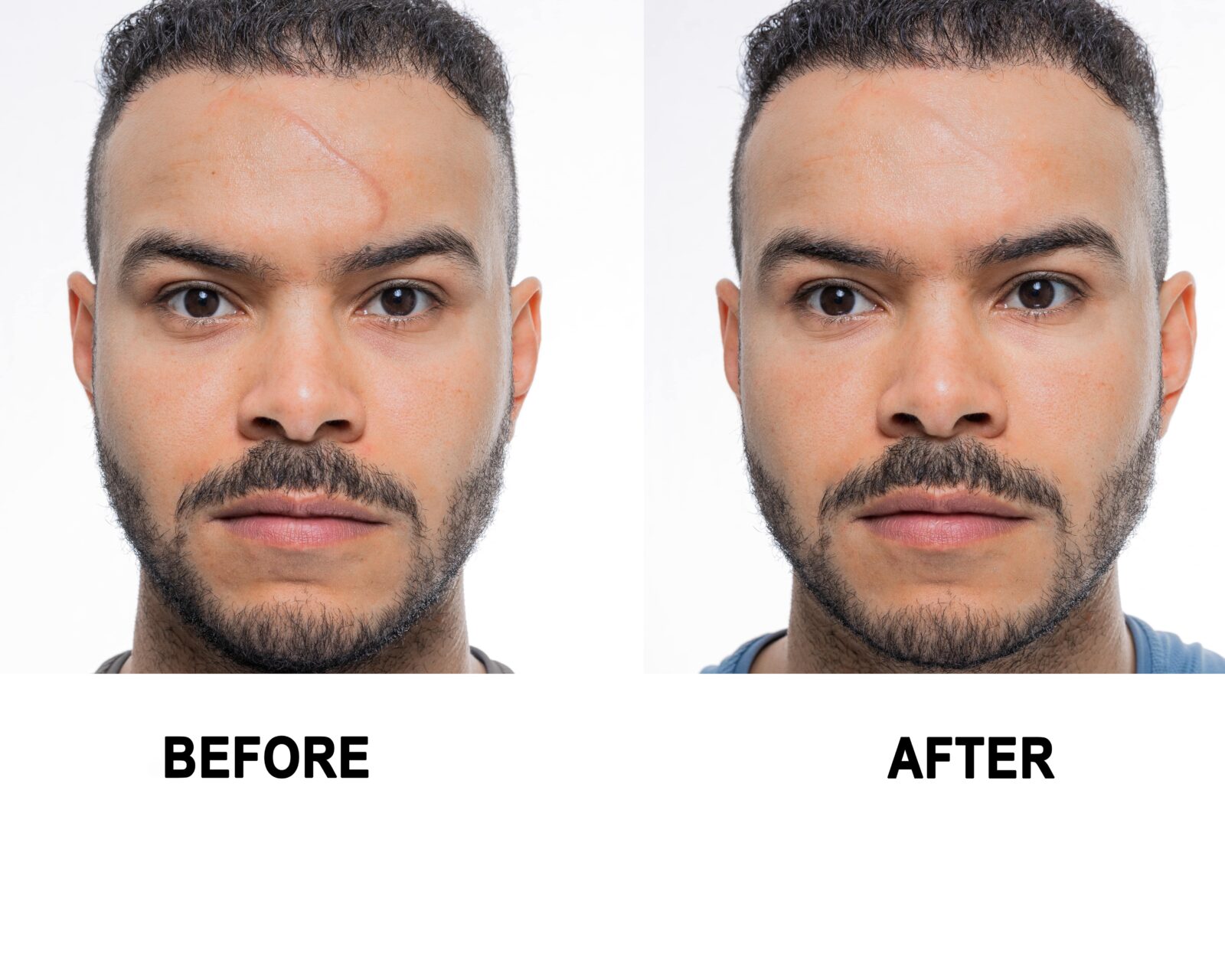
Flap Surgery
Flap surgery is a type of reconstructive surgery in which skin, fat, and sometimes muscle are moved from one area of the body to another. This type of surgery is often used when the skin defect is too large to be closed with a skin graft. There are two types of flap surgery: pedicle flaps and free flaps.
A pedicle flap is a type of flap surgery in which the skin, fat, and muscle are still attached to the body at one end (the pedicle). The pedicle is then used to move the tissue to the desired location. Once the pedicle flap is in place, it is sutured (sewn) into place.
A free flap is a type of flap surgery in which the skin, fat, and muscle are completely detached from the body and moved to the desired location. The tissue is then sutured (sewn) into place.
Tissue Expansion
Tissue expansion is a type of reconstructive surgery in which a balloon-like device (called an expander) is placed under the skin. The expander is then slowly inflated over time, which stretches the skin and creates additional space. This extra space can be used to close a large skin defect.
Free Tissue Transfer
Free tissue transfer is a type of reconstructive surgery in which healthy tissue (skin, fat, muscle, etc.) is taken from one area of the body and transplanted to another. This type of surgery is often used for larger wounds or defects.
Reconstructive surgery can help to improve the function and appearance of the skin after Mohs surgery, however the decision to have post-Mohs reconstructive surgery is personal. If you are considering reconstructive surgery, talk to your surgeon about your options and what to expect.
In Conclusion
In this blog, we discussed what happens during Mohs surgery, as well as what to expect after Mohs surgery. We also went over some of the different types of Post-Mohs Reconstructive Surgery that may be an option for you. If you are having Mohs surgery, we hope that this blog has helped to give you a better understanding of the process and what to expect afterwards. As always, if you have any questions or concerns, please be sure to schedule a consultation with one of our facial plastic surgeons.
